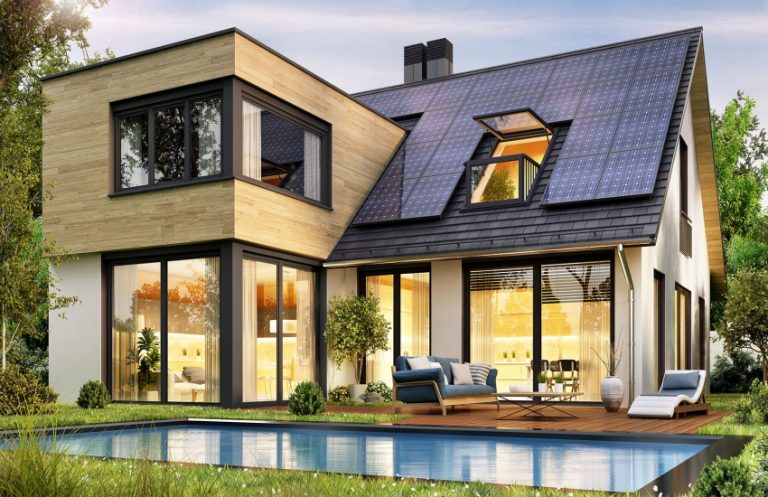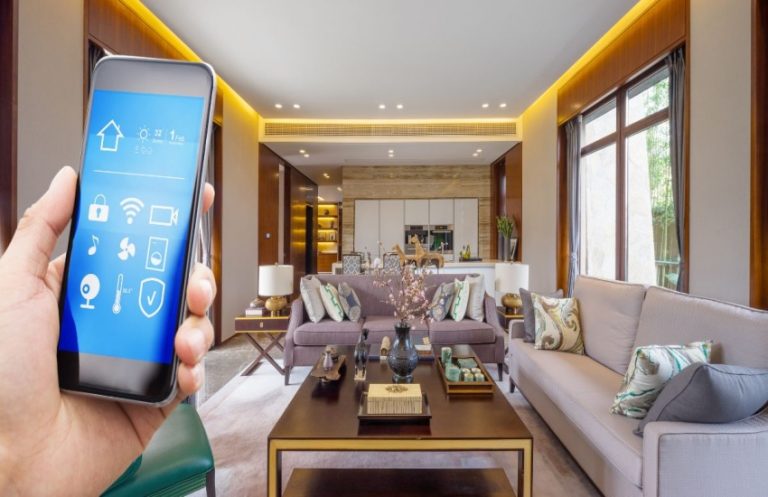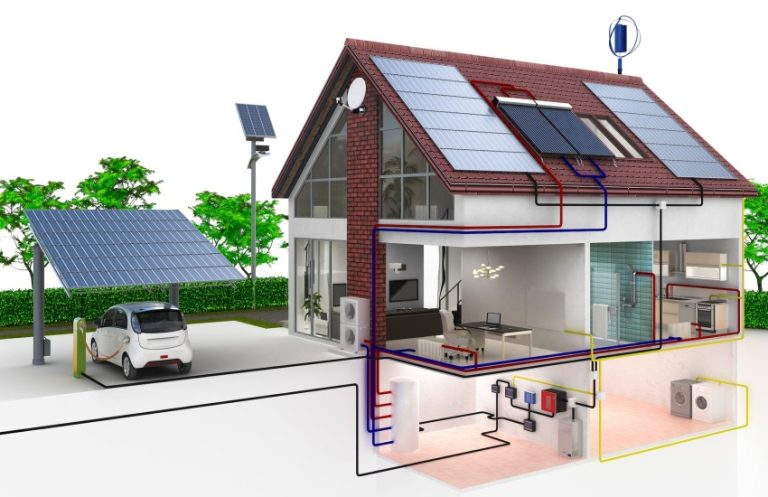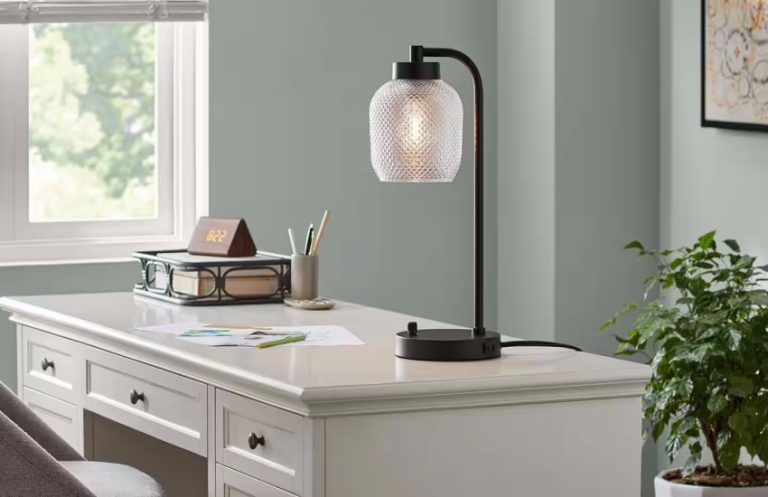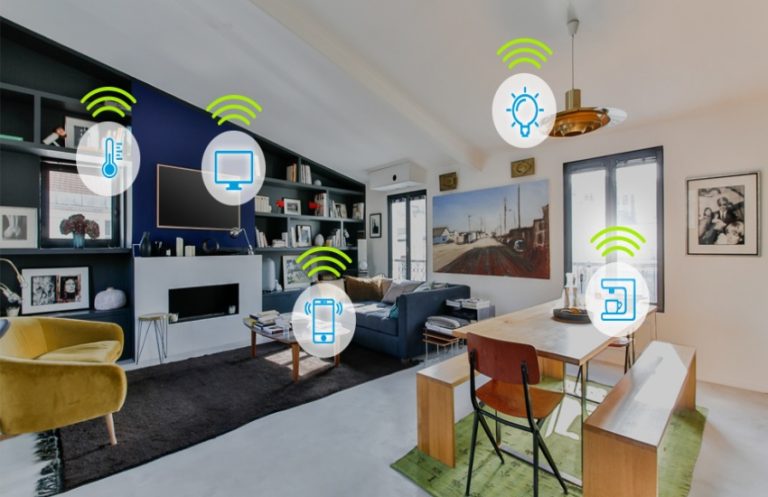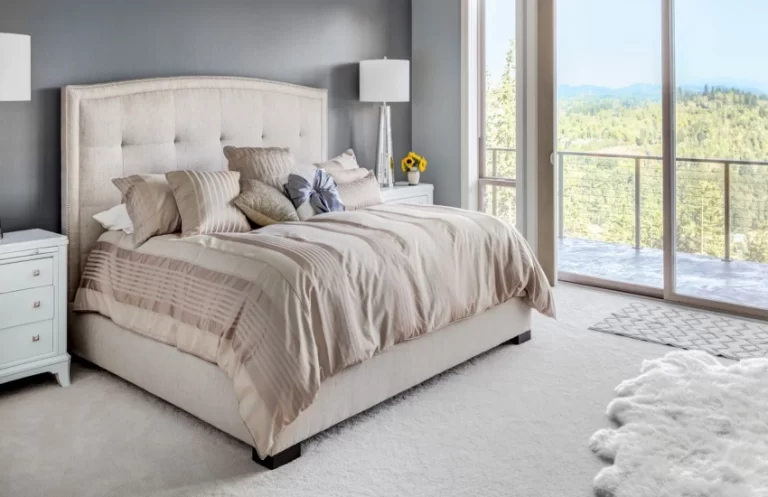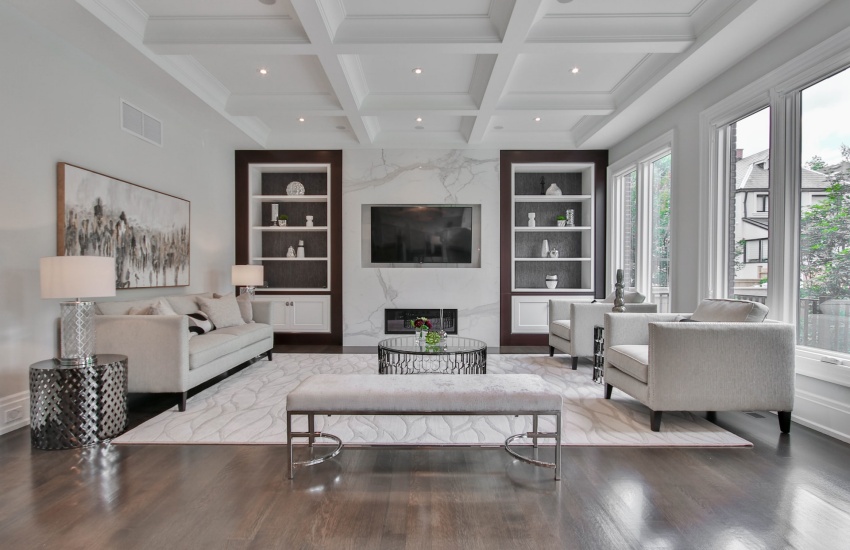
Open floor plans continue to be a favored design trend. Removing non-load-bearing walls can create a more spacious and inviting environment. This layout promotes better flow and connectivity between living areas, making it ideal for entertaining. Consider incorporating an island or a breakfast bar in the kitchen to enhance usability and provide additional seating options. This approach not only maximizes space but also fosters a sense of togetherness.
Investing in energy-efficient upgrades can yield long-term savings and environmental benefits. Replacing old windows with energy-efficient models can improve insulation and reduce heating and cooling costs. Additionally, upgrading to energy-efficient appliances can lower utility bills while contributing to a more sustainable lifestyle. Smart home technology is also gaining popularity, allowing homeowners to control lighting, heating, and security systems remotely.
Incorporating natural elements into the design can enhance the overall ambiance of a home. Using materials like wood, stone, and metal can create a warm and inviting atmosphere. Exposed beams, reclaimed wood accents, and stone countertops can add character and depth to any room. Biophilic design, which emphasizes the connection between nature and indoor spaces, is becoming increasingly popular. Adding large windows or sliding glass doors can bring in natural light and provide views of the outdoors, creating a seamless transition between indoor and outdoor living.
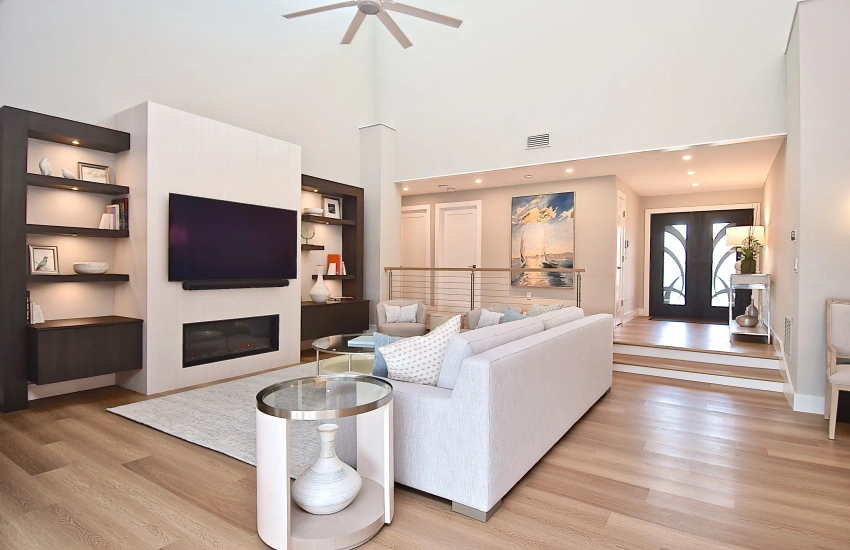
Storage solutions are critical in any remodeling project. Clutter can detract from the beauty of a space, so incorporating built-in storage options can help maintain organization. Custom cabinetry, under-stair storage, and multifunctional furniture can maximize space while keeping belongings neatly tucked away. Creative solutions like floating shelves or decorative baskets can also add style while serving practical purposes.
Color selection is a vital aspect of remodeling that can dramatically affect the mood of a space. Neutral colors create a calming backdrop that allows for flexibility in decor, while bold colors can make a statement and add personality. Utilizing an accent wall can introduce color without overwhelming the room. Choosing the right paint finish can also enhance the overall look; matte finishes can provide a soft, sophisticated appearance, while glossy finishes can add vibrancy and reflect light.
Lighting plays a significant role in the overall design and functionality of a remodeled space. Layering different types of lighting, such as ambient, task, and accent lighting, can create depth and enhance the usability of each area. Installing dimmers allows for adjustable lighting levels, catering to various activities and moods. Natural light should be prioritized, as it enhances the overall appeal and can make spaces feel larger and more welcoming.
Exploring these remodeling ideas can inspire homeowners to create spaces that are both functional and visually appealing. By focusing on layout, energy efficiency, natural elements, storage solutions, color selection, and lighting, individuals can embark on a remodeling journey that transforms their homes into personalized sanctuaries. Embracing creativity and thoughtful planning will lead to a successful and satisfying remodeling experience.
